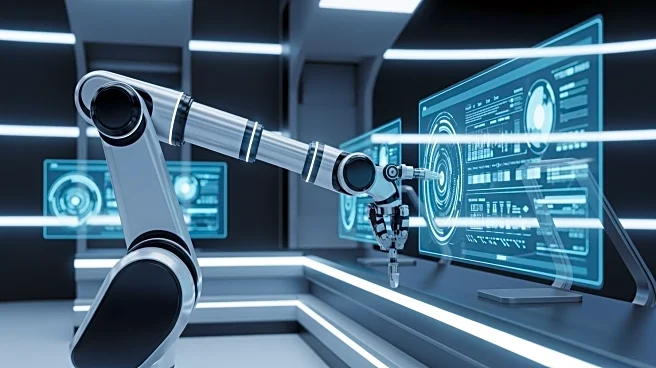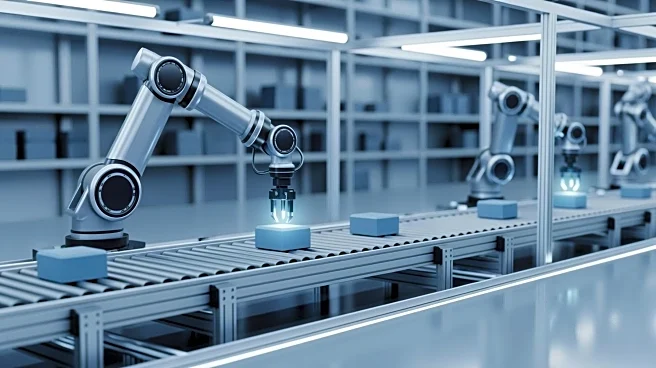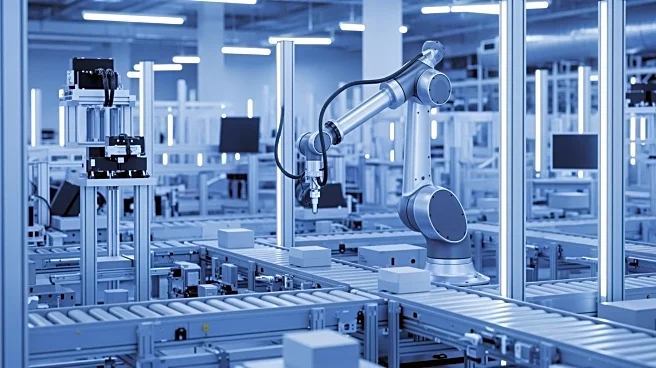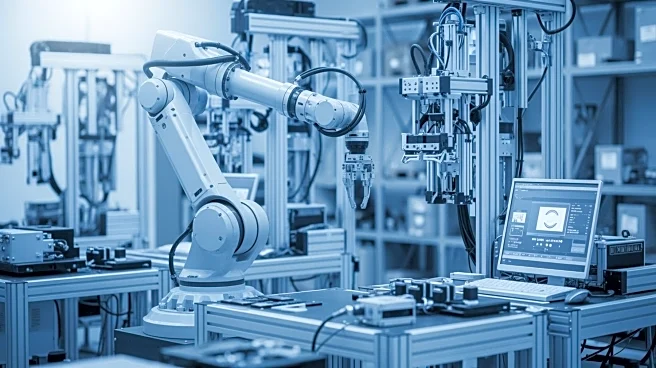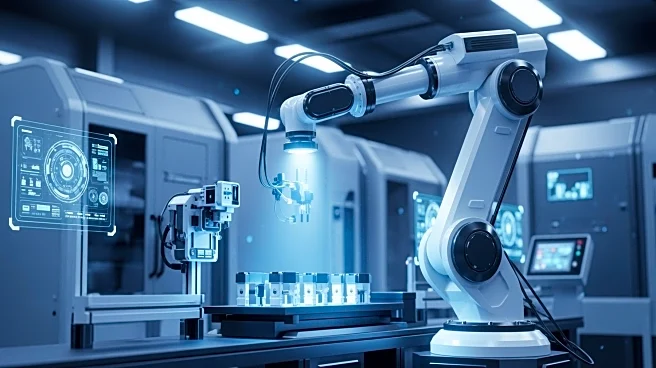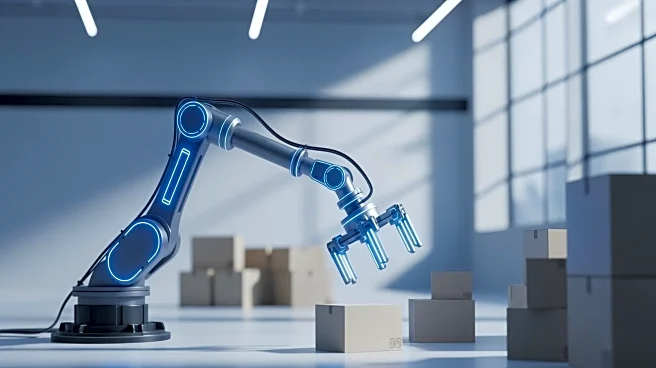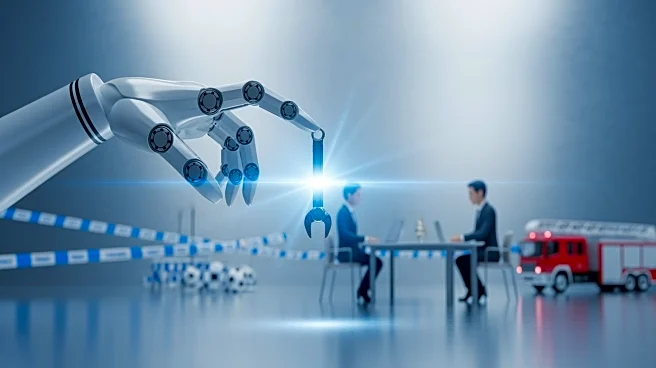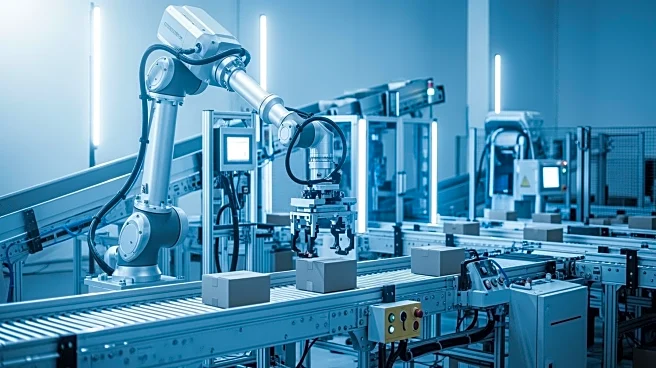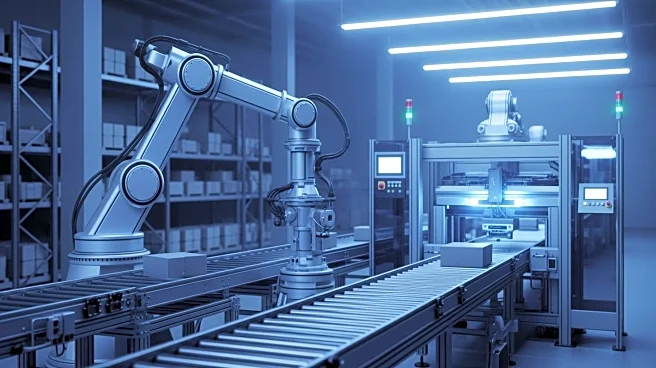What's Happening?
Amazon is actively adapting its workforce to accommodate the increasing role of artificial intelligence and automation in its operations. Employees are being trained to manage and repair machines that
are now capable of performing tasks traditionally done by humans. This shift is part of Amazon's broader strategy to integrate AI into its business model, enhancing efficiency and productivity. The transition has also resulted in some employees receiving significant pay increases as they acquire new skills necessary for the evolving technological landscape.
Why It's Important?
The integration of artificial intelligence into Amazon's workforce is a reflection of a broader trend in the business world, where companies are leveraging technology to improve operations. This shift has significant implications for the labor market, as it necessitates reskilling and upskilling of employees to meet new job requirements. For Amazon, this move could lead to increased operational efficiency and cost savings. However, it also raises concerns about job displacement and the need for policies to support workers transitioning to new roles. The company's approach could serve as a model for other businesses navigating similar technological changes.
What's Next?
As Amazon continues to implement AI technologies, it is likely to expand its training programs to ensure its workforce is equipped to handle new challenges. The company may also explore partnerships with educational institutions to develop specialized training courses. Additionally, there could be increased scrutiny from policymakers and labor organizations regarding the impact of automation on employment. Amazon's strategies and outcomes in this area will be closely watched by industry leaders and could influence future labor and technology policies.
